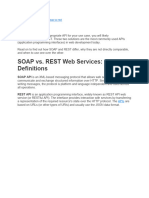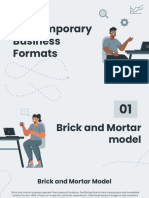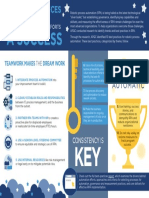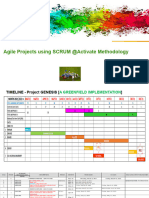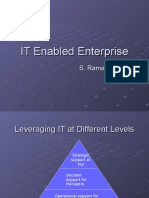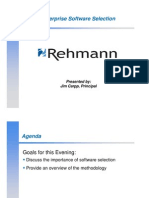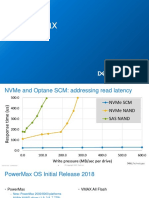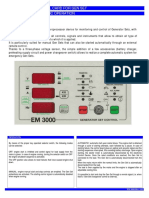0% found this document useful (0 votes)
313 views15 pagesBPM for Workflow Automation
The document provides an overview of business process management (BPM). It defines BPM as a discipline that focuses on continually improving processes to strengthen business results. BPM comprises discovering current processes, designing improved processes, implementing process designs, measuring process performance, and optimizing processes. Technology plays a key role in automating processes through tools like process mining, machine learning, and robotic process automation. Process mining in particular helps organizations discover existing processes by analyzing data rather than relying on interviews.
Uploaded by
Nakhla Al-HawiCopyright
© © All Rights Reserved
We take content rights seriously. If you suspect this is your content, claim it here.
Available Formats
Download as PDF, TXT or read online on Scribd
0% found this document useful (0 votes)
313 views15 pagesBPM for Workflow Automation
The document provides an overview of business process management (BPM). It defines BPM as a discipline that focuses on continually improving processes to strengthen business results. BPM comprises discovering current processes, designing improved processes, implementing process designs, measuring process performance, and optimizing processes. Technology plays a key role in automating processes through tools like process mining, machine learning, and robotic process automation. Process mining in particular helps organizations discover existing processes by analyzing data rather than relying on interviews.
Uploaded by
Nakhla Al-HawiCopyright
© © All Rights Reserved
We take content rights seriously. If you suspect this is your content, claim it here.
Available Formats
Download as PDF, TXT or read online on Scribd
/ 15










